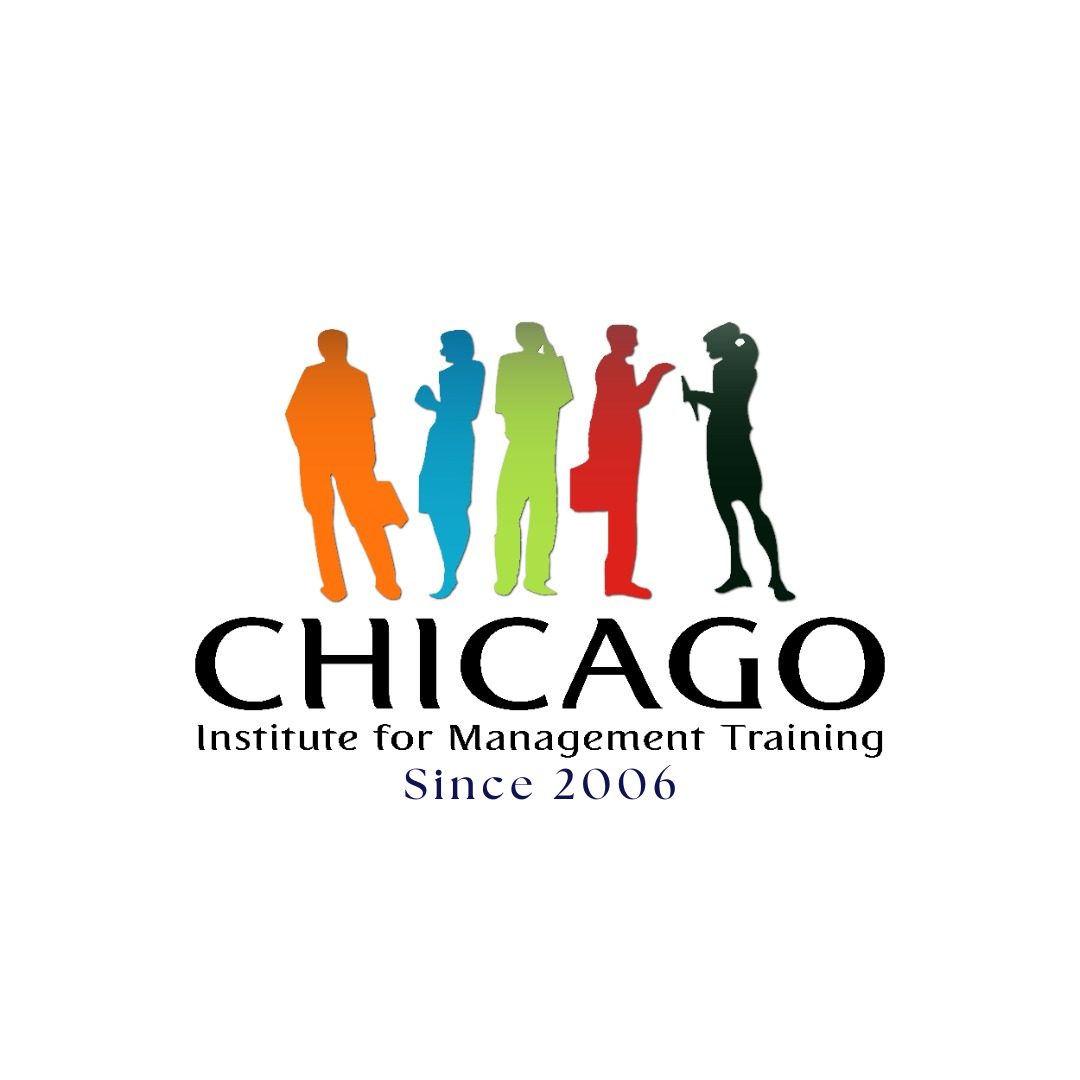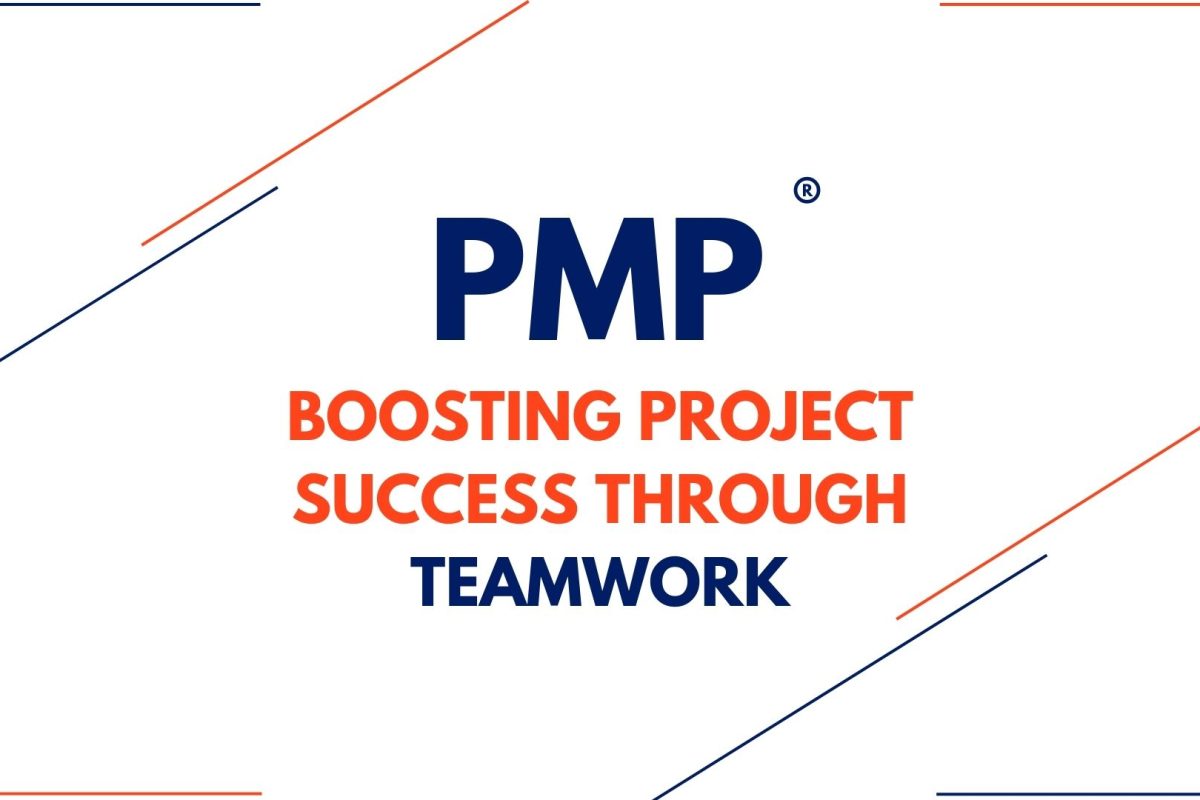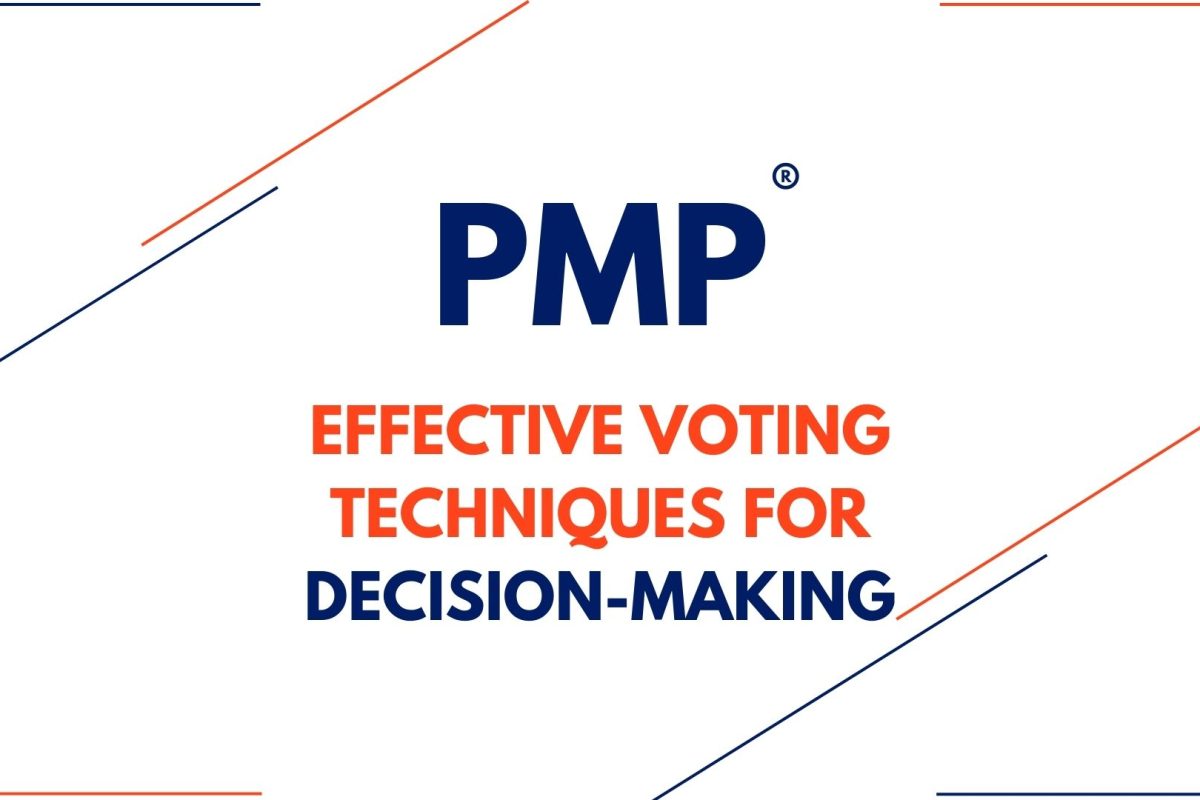In today’s fast-paced global economy, logistics operations serve as the backbone of efficient supply chain management. Ensuring the seamless movement of finished goods from manufacturers to end-users involves a complex interplay of processes, strategies, and technologies. This dealt with various facets of logistics operations, offering insights into how businesses can optimize these critical functions for enhanced performance and competitive advantage.
The Essence of Logistics Operations
Logistics operations encompass the entire process of moving finished goods, including from the manufacturer to a distribution center and ultimately to the end user. This broad scope involves managing inventory, fulfilling orders, and shipping packages, each playing a vital role in the overall efficiency of the supply chain.
Modes of Operation in Logistics
The logistics industry relies on four primary modes of transport: air, road, sea, and rail. The choice of transport method depends on several factors, including the type of goods being shipped, origin, and destination. Often, a combination of these methods is employed to ensure timely and cost-effective delivery.
Core Operations in Logistics
- Warehousing: Storing goods efficiently to facilitate easy retrieval and dispatch.
- Inventory Management: Keeping track of stock levels to meet customer demands without overstocking.
- Transportation: Moving goods from one location to another in a timely and safe manner.
- Order Processing: Managing orders from receipt to fulfillment.
- Material Handling: Ensuring safe and efficient handling of goods throughout the logistics process.
Key Functions of Logistics Operations
Effective logistics operations hinge on four major functions:
- Inventory Management: Balancing supply and demand to avoid stock outs or overstocking.
- Transportation Management: Choosing the right modes of transport to meet delivery schedules and cost objectives.
- Order Processing: Streamlining the process from order receipt to delivery to ensure customer satisfaction.
- Warehouse Management: Optimizing the storage and handling of goods to reduce costs and improve efficiency.
Strategies for Managing Logistics Operations
Successful logistics management involves:
- Efficient Inventory Handling: Ordering, receiving, and storing inventory across multiple distribution centers.
- Technology Implementation: Leveraging automation and technology for tracking inventory and streamlining processes.
- Optimized Workflows: Developing effective picking, packing, and shipping workflows.
- Timely Shipping: Ensuring that orders are shipped safely and punctually to meet customer expectations.
Developing a Logistics Strategy
A robust logistics strategy considers various factors such as customer demands, market trends, the competitive landscape, and business objectives. It aims to determine the best practices and principles to achieve operational excellence and gain a competitive edge.
The Role of the Logistics Operations Manager
An operations manager in logistics plays a crucial role in:
- Monitoring Inventory Levels: Ensuring accuracy and timeliness in inventory management.
- Process Development: Implementing processes to comply with regulatory requirements.
- Contract Management: Negotiating and managing supplier and customer contracts.
- Performance Analysis: Analyzing logistics costs and performance to identify improvement areas.
Conclusion
Logistics operations are a critical component of the supply chain, requiring meticulous management and continuous improvement. By understanding the core functions, employing effective strategies, and leveraging technology, businesses can streamline their logistics operations, resulting in cost savings, enhanced efficiency, and improved customer satisfaction. In an increasingly competitive market, mastering logistics operations is not just an advantage—it’s a necessity.





















